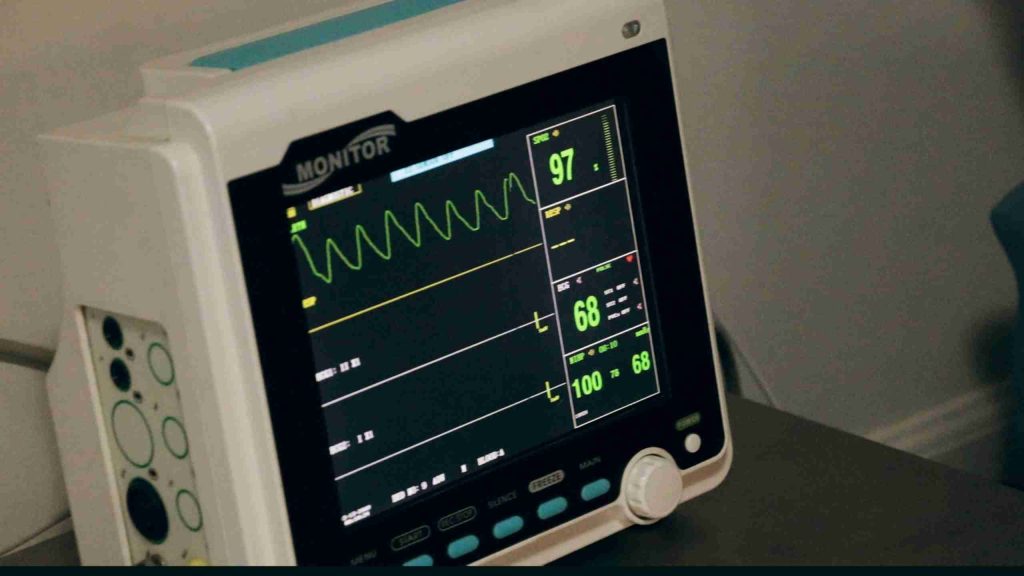Start with the process, Finish with the work
To obtain regulatory approval for medical device software, you’ll need to comply with the IEC-62304 Medical Device Software Lifecycle standard. This standard requires that specific methodologies are followed. It doesn’t dictate the specifics, but it does require that the medical device manufacturer defines a set of software development methodologies as part of their quality system. Whatever those methodologies entail, they must be followed. And because the standard requires methodologies for everything including the initial concept through the deployment and retirement of the software, it pretty much covers everything from start to finish.
The methodologies may be fairly detailed and specific. For certain devices, features, environments, and organizations, a very high level of detail might be necessary to achieve success. The goals are consistency, correctness, and reliability. Those are always worthwhile engineering goals, but they’re incredibly important in the medical device industry. Safety, efficacy, and minimizing injury should be the top priorities for these devices.
Lots of testing alone can’t guarantee a good product. There’s always an edge case or an unexpected sequence or scenario that can cause an issue. Software development tasks like software integration and software maintenance can have unexpected consequences. Working through IEC-62304 forces you to consider issues and concepts that may not be on the radar early in the development cycle. The thought process is that you must look at the big picture and then standardize the processes from start to finish. Next, provide a means to verify that these processes are up-to-date and have been followed appropriately. The result should be a quality product that meets the needs of the patients and medical professionals.
Balance Bureaucracy and Engineering
Unfortunately, very detailed and specific methodologies can feel very bureaucratic. Bureaucracy can feel limiting, inflexible, and counterproductive. It’s a double whammy. Let’s face it, good engineering involves focusing on effectiveness, efficiency, and optimization, and lots of engineers aren’t big fans of bureaucracy. Extra steps that don’t contribute to the actual design or operation of the development process isn’t optimal and certainly not efficient at all. The creative side of an engineer can feel hampered by the formalities. But the methodology is the methodology, and there’s really no getting around that. But more importantly, from day one, the development work will be compliant, albeit progressing slower than winging it. However, if the methodologies aren’t followed from the beginning, you’re likely to find that there is even more work necessary to conform. You may have to backtrack and fill in some blanks, or reconstruct earlier steps, perhaps repeat some earlier testing. And that will feel more and more burdensome further into the development process. It can also affect the schedule as additional work. But it’s necessary to comply.
If you’re working on a medical device, start by understanding the manufacturer’s software lifecycle, specifically what steps and details are required for the development phases in which you’re involved. Then from time to time, check your progress and work to make sure you’re complying with the appropriate methodologies. You’ll create less work for yourself in the future, and you will be able to estimate time and effort more accurately.
DojoFive brings modern tools, techniques, and best-practices from the web and mobile development environments, paired with leading-edge innovations in firmware to our customers to help them build successful products and successful clients. We have talented engineers on hand ready to help you with all aspects of your EmbedOps journey. Bring your interesting problems that need solving – we are always happy to help out. You can reach out at any time on LinkedIn or through email!





